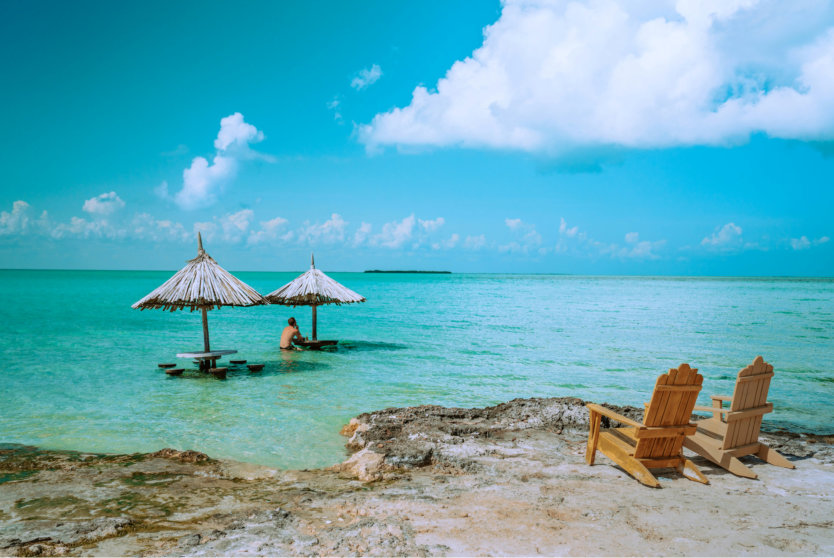Introduction
Nestled on the beautiful island of Ambergris Caye in Belize, San Pedro is a tropical paradise that has a rich history dating back centuries. From its Mayan roots to its present-day reputation as a world-class destination for travelers seeking sun, sand, and adventure, San Pedro’s story is a fascinating blend of ancient traditions and modern charm.
Ancient Mayan Presence
Long before the first tourists arrived, San Pedro was inhabited by the ancient Maya. Evidence of their presence can still be found in the form of archaeological sites scattered across the island. The Maya utilized the island’s abundant marine resources, particularly the plentiful fish, which played a crucial role in their diet.
Spanish Conquest and Pirate Raids
In the early 16th century, the Spanish arrived in Belize, bringing European influence to the region. San Pedro became a frequent target for pirate raids, including those led by the infamous pirate Jean Lafitte. The Spanish eventually abandoned their settlement on Ambergris Caye, leaving it mostly uninhabited for many years.
The Fishing Village Era
San Pedro’s modern history began in the mid-19th century when refugees fleeing the Caste War in Mexico settled on the island. These refugees were primarily Mestizo and Mennonite immigrants, and they brought with them a strong fishing tradition. The village slowly grew as more people arrived, and fishing became a way of life for its residents.
The Advent of Tourism
The true transformation of San Pedro began in the latter half of the 20th century when visitors discovered its pristine beaches, crystal-clear waters, and vibrant marine life. Word of this tropical paradise spread, attracting tourists seeking a tranquil escape from the hustle and bustle of city life. The construction of the island’s first airstrip in the 1960s made it more accessible, marking the beginning of a tourism boom.
Development and Conservation
As San Pedro continued to grow, there was a delicate balance to maintain between development and preserving the natural beauty of the island. Local efforts and regulations were put in place to protect the fragile ecosystem of the surrounding barrier reef, which is the second-largest in the world and a UNESCO World Heritage site. San Pedro’s commitment to sustainable tourism has made it a model for responsible travel destinations.
Modern San Pedro
Today, San Pedro is a vibrant and bustling town that still maintains a relaxed and welcoming atmosphere. It has all the amenities travelers might need, from beachfront resorts to charming boutique hotels, from bustling bars to quaint seafood restaurants serving freshly caught fish. The town’s streets are lined with golf carts, the primary mode of transportation on the island, giving it a unique and laid-back vibe.
Activities and Attractions
Visitors to San Pedro can enjoy a wide range of activities, from snorkeling and scuba diving along the barrier reef to exploring the nearby Hol Chan Marine Reserve and Shark Ray Alley. The town itself offers a taste of Belizean culture, with colorful shops selling handmade crafts and local art. Visitors can also indulge in delicious Belizean cuisine, which combines influences from the Maya, Mestizo, and Caribbean cultures.
Conclusion
San Pedro’s history is a testament to the resilience and adaptability of its people, who have embraced change while preserving the natural beauty and cultural heritage of their island. Whether you’re a history enthusiast or a sun-seeker, San Pedro, Belize, offers something for everyone. It’s a place where ancient history meets modern luxury, making it a must-visit destination for anyone looking to experience the magic of the Caribbean. So pack your sunscreen and sense of adventure, and head to San Pedro to discover the treasures of this tropical paradise. Contact XploreBelize.com for more information.

